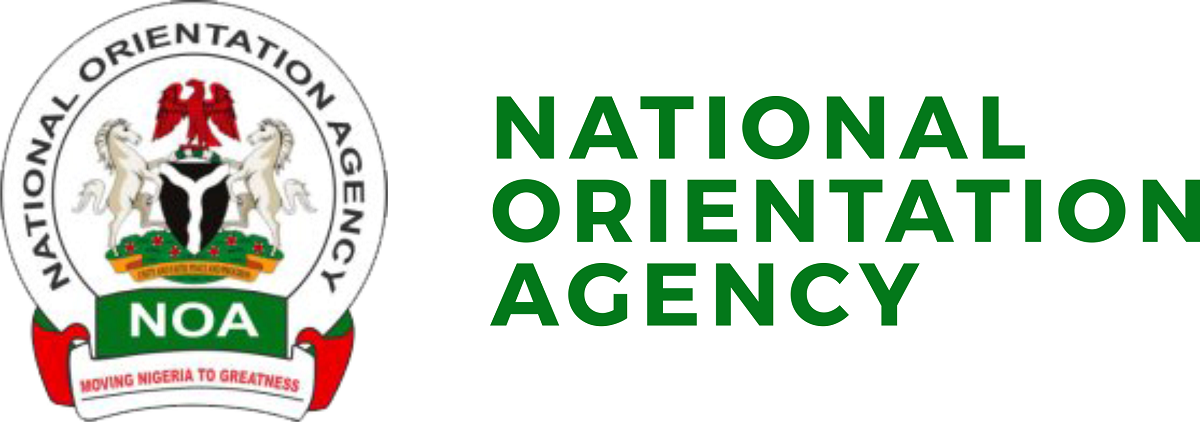DNA needed to identify bodies after Honduras women’s prison gang battle
Twenty of the 46 inmates killed when gang members in a women’s prison sprayed their rivals with gunfire and then set them ablaze were so badly burned the bodies will have to be identified through DNA testing, authorities said Thursday.
Fighting erupted at a prison about 25 kilometers (15 miles) north of the capital Tegucigalpa on Tuesday when members of the Barrio 18 gang burst into an area housing the rival Mara Salvatrucha (MS-13) group, shot at them, and set the place on fire, according to authorities and witnesses.
Seven people were wounded and remain hospitalised in Tegucigalpa.
Twenty-six victims had been identified through fingerprints and dental records, said Issa Alvarado, a spokeswoman for the Forensic Medicine Directorate.
But for the other 20, “due to the high degree of incineration, work with DNA continues,” she said.
Honduran President Xiomara Castro said she was “shocked” by the “monstrous murder of women… by gangs in full view and tolerance of security authorities.”
She dismissed security minister Ramon Sabillon and replaced him with National Police chief Gustavo Sanchez.
According to police operations director Juan Rochez, the attackers came armed with “more than 21 firearms” and grenades. Eleven suspects have been identified.
Most of the victims died in the fire, a spokesperson for the prosecutor’s office, Yuri Mora, told AFP. Some of the bodies were riddled with bullets.
Honduras is wracked by corruption and gangs that have infiltrated even the top levels of government.
Along with neighbors El Salvador and Guatemala, Honduras forms Central America’s so-called “triangle of death” plagued by the murderous gangs called “maras” that control drug trafficking and organized crime.
On Wednesday, the government announced that military police would assume control of Honduras’s 21 prisons for one year starting July 1, as well as train 2,000 new prison guards.
AFP











